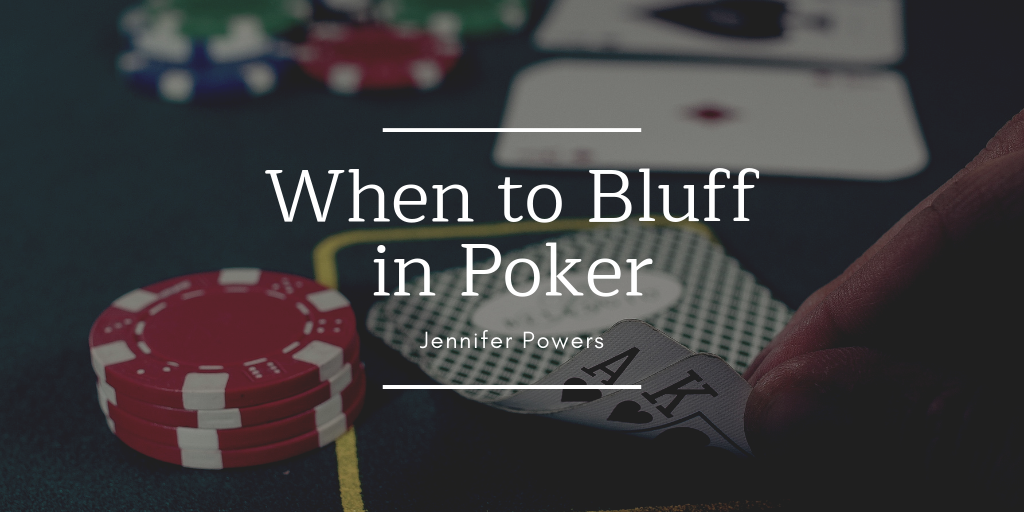It takes a skilled poker player to understand the ins and outs of a proper bluff. Bluff too much and opponents become suspicious; bluff too little and you may become too readable. Like many other aspects of poker, bluffing is an art. Perfecting this art requires practice, patience, and plenty of time. However, with these tips, players new to the poker scene can learn the best times to bluff.
When You’re in a Late Position
The point of a bluff is to encourage another player to fold, or lay down their hand. The idea is that, should you have a weak hand during one round, you can feign confidence to encourage other players to back out, even if they perceive their own hand as strong. While it seems sensible that a good bluff would happen in an early or middle position, that’s not the case. If several players have opportunities to act, these opponents may see right through your bluff. If they call it, you’re done for that pot. That’s why a late position is best for bluffing—putting in a late raise can make the remaining players more anxious.
When You’ve Got Some Chips
Bluffing on a bet, especially when your winnings are already slim, is about as risky as it gets. There is no sure-fire way to ensure a bluff will go through. The best you can do is time everything correctly and hope you’ve got a good poker face. That’s why bluffing is so enticing—it’s equal parts dangerous and rewarding. A bluff implemented too early into the game or during a short-stacked period is pretty obvious to opponents, and will get called out faster than you can even consider it. Wait until you’ve got enough chips to serve as leverage against your opponents, and then pull out the bluff.
When You’ve Got a Read on Your Opponents
Just as you don’t want to bluff before you’ve earned some stacks, you also don’t want to bluff until you understand your opponents. This is easier said than done, as poker face and different play styles can complicate attempts to read everyone at the table. When it comes to knowing when to bluff against certain opponents, you should try and verse yourself in their confidence, habits, and willingness to take risks. A risk-taking opponent with plenty of confidence will likely see through your bluff, while a more anxious player could call incorrect bluffs or simply not call at all. As you continue playing poker, you’ll improve at reading players early on in a game.
When You’re Confident You Can Pull It Off
At the end of the day, your self-confidence in executing a bluff is your greatest strength. It’s reasonable to want to try a bluff early on in your poker career, but sometimes it’s better to wait a bit until the perfect time comes. Until then, do your research, practice your poker face, and learn to read other players’ bluffs. Do that, and you’ll learn what makes a successful bluff versus one that falls flat.
